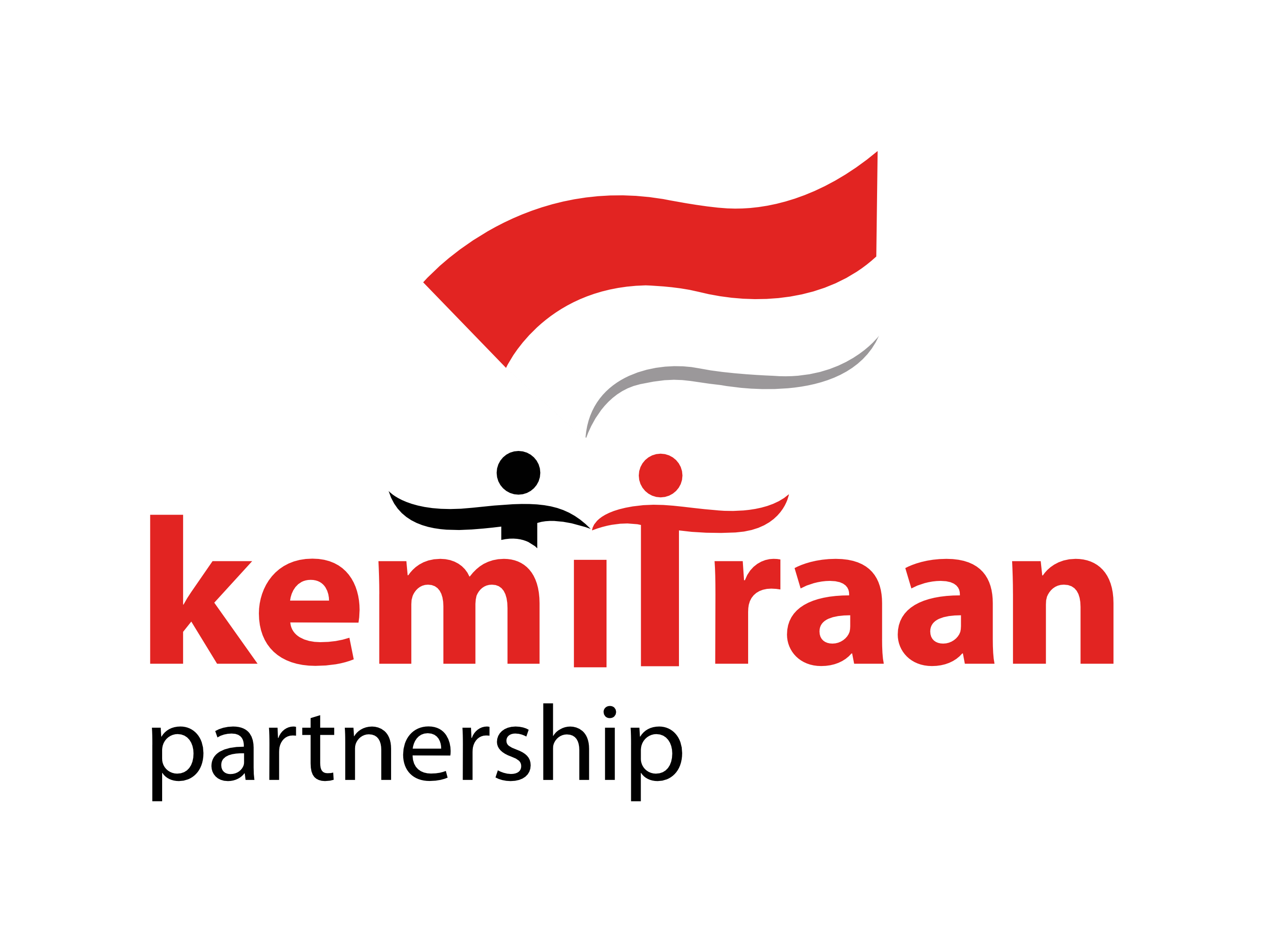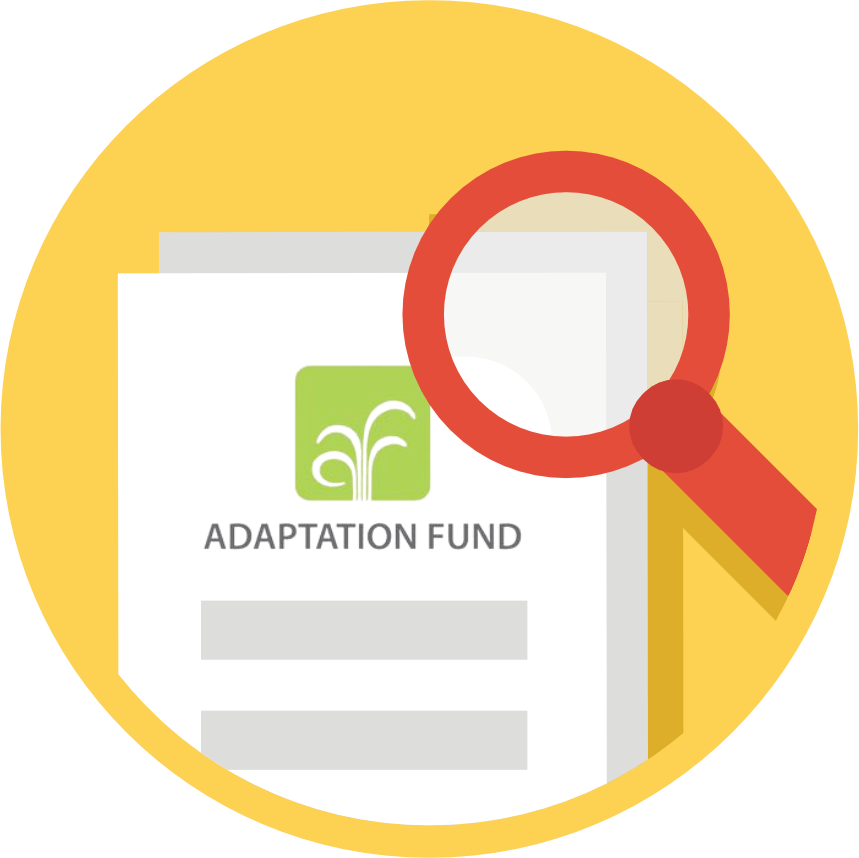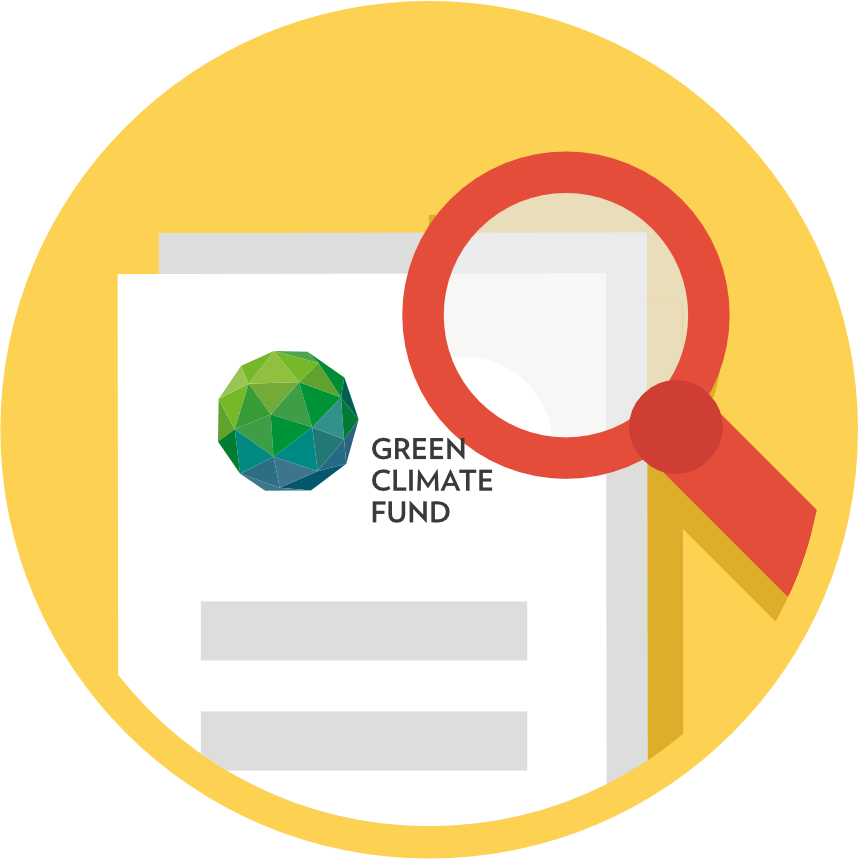Justin Snyder
January 15, 2024
*Note*: Data was accurate at the time of writing, but things may have changed since. Please check the source data cited throughout the article for up-to-date figures.
Key takeaways:
- Voters in the world’s biggest single-day election are being kept in the dark about who is funding presidential candidates.
- KPU data aggregation to “income” and “expense” categories makes current campaign finance data meaningless for accountability purposes.
- Presidential campaigns have reported between 1% and 30% of the amounts raised compared to this point in the 2019 campaign.
- Candidates have failed to report IDR 1.6 billion spent on social media advertising to date
On February 14, 204.8 million registered voters will head to the polls in Indonesia in the largest, single-day election in the world to cast their ballots for president, and over a quarter of a million registered candidates competing for the 20,000 legislative seats at the national, provincial and district/municipal levels.
Yet just 30 days from the election, the dearth of accessible data on campaign finance leaves voters entirely unable to assess where candidates’ are soliciting financial support and how the sources of this support may influence outcomes and future policy decisions.
Around the world, transparency in campaign finance offers at least the potential for voters to identify the powerful individuals and corporations bankrolling campaigns for elected office. When implemented well, transparent and open access to this financial information helps to promote two crucial goals: 1.) During the campaign period, ensuring that (in conjunction with campaign donation limits) that no one individual or corporation exercises an outsized influence on the campaign; and 2.) In the post-election period, ensuring that powerful donors are not afforded preferential treatment in business licensing, fair competition for public procurements, or in the design and implementation of public policy. And in both regards, Indonesia has taken important steps backwards since the 2014 presidential election.
These setbacks have been driven, in part, by a misguided perception that full disclosure of financial transactions would represent a violation of privacy rights – whereas many countries’ legal frameworks acknowledge that participation in electoral politics, including political donations, are inherently exempt from reasonable expectation of privacy, in service of the two aims noted above – promoting fair electoral competition and preventing conflicts of interest in the post-election environment.
Back in 2014, I wrote a piece for the ANU blog “New Mandala” in which I offered some insights into campaign finance disclosures from the presidential race. In that piece, I noted that campaign finance reports “must be viewed with a high degree of scepticism, as in all likelihood they are incomplete and far from an exhaustive account of every penny handled by either campaign team. Though the reports are required by law, few challenges if ever have been filed over fundraising-related issues, rendering compliance with the regulation essentially voluntary.” In that regard, at least at this point in the campaign cycle, Indonesia has changed very little, or perhaps more fairly, has seen a significant regression.
As KEMITRAAN Executive Director Laode Syarif noted in an op-ed for The Jakarta Post on December 26, 2022, failures to effectively implement Indonesia’s political finance framework creates the possibility for an unlimited flow of dark money from donors to parties to candidates. This issue received new attention last week, as both Tempo and The Jakarta Post reported on the Indonesian Financial Intelligence Unit (PPATK) announcement that IDR 195 billion (~USD 12 million) in foreign funding had been channelled to parties in violation of the Election Law.
In an event on December 14, KEMITRAAN highlighted a new report by Transparency International – Indonesia that found parties continue to struggle in terms of professional financial management, Indonesia Corruption Watch research that highlighted parties’ non-compliance with public information disclosures, and comments from respected University of Indonesia criminal law expert Prof. Dr. Topo Santoso, S.H., M.H. that corporate criminal liability could and should be applied to political parties (but must be exercised carefully to avoid political weaponization).
In 2014, detailed data was provided throughout the campaign regarding the identities of the parties, companies, organizations, and individuals who made campaign donations. Fast-forward a decade later, and while the KPU is making “real-time” data available to public via its campaign finance database SIKADEKA, the data is aggregated to “income” and “expenses” which are entirely irrelevant to the two key goals mentioned above – protecting against undue influence, and preventing conflicts of interest in the post-election policymaking environment.
ANALYSIS
As of January 151, data available via the KPU portal on campaign finance is woefully incomplete2. Even ignoring the fact that data for the thousands of legislative races taking place at the national, provincial, or district level, was only made publicly accessible on Monday, January 15 and is fraught with data validity errors (transactions reportedly from 1923, as well as transactions with dates in the future), a narrower focus on the presidential race, the data published by the KPU begs the public to suspend disbelief.
As was the case in 2014, an analysis of total reported donations (operative word reported), leaves two possible conclusions to be drawn. Either the reports are to be taken at face value, and Ganjar Pranowo has raised nearly 3 times the amount of money as his rival Prabowo Subianto’s IDR 33 billion, or a fantastic 46 times that of Anies Baswedan’s IDR 2.6 billion, or the latter two candidates’ reports are woefully short of the full resources at their disposal. Furthermore, Anies is the only candidate to report spending any significant amount of money at this point in time, having reportedly spent IDR 148 million (~USD 9,500) in cash on his entire nationwide campaign for the presidency. Ganjar has only reported spending IDR 625,000 (~USD 40) in bank fees, and Prabowo has not reported spending any cash, though his preliminary campaign finance report shows a total turnover of the IDR 28.8 billion in “services” he received from political parties.
The tool below allows for an interactive exploration of the 2024 presidential campaign finance data reported as of January 15. Based on the data from the KPU portal, the tool shows running totals of the amounts raised and spent by each campaign team since the race began in late November. Totals represented here are aggregated across donations of money, as well as the reported value of in-kind goods and services.
GRAPHIC CREDIT: JUSTIN SNYDER/KEMITRAAN
The graphic above shows candidates’ reported donation income (in blue) against the 2019 benchmark. The full interactive version is available online.
The tool above combines the amounts reported on the preliminary campaign finance reports (LADK) of each of the candidates with the figures reported on the KPU dashboard. Due to overlaps in the periods of coverage between these two data sources, some double counting may occur.
Overlaying this data with previous presidential campaign finance data, the scope of the underreporting taking place becomes clearer. In 2014, the Jokowi-JK ticket reported a total of IDR 312 billion raised, while Prabowo-Hatta reported only IDR 156 billion. The average of these two figures, divided by the 99 days in the 2024 campaign finance reporting period, yields a figure of IDR 2.4 billion raised per day. Using a similar approach, candidates reported spending an average of IDR 2.3 billion per day. In 2019, the average total received was IDR 410 billion, average total spent was IDR 380 billion, which divided by the 99 days in the 2024 campaign reporting period yields a daily donation average of IDR 4.1 billion, and a daily expenditure average of IDR 3.8 billion.
Additional models were created to reflect the smallest reported amounts from any candidate in each year. Finally, given both the 2014 and 2019 races were two-candidate contests, and 2024 is a three-candidate race, additional benchmarks were created by totalling amounts raised and spent, and dividing by three.
Anies, Prabowo, and Ganjar all fall short of these 2014 benchmarks for funds raised and spent. Even the most conservative benchmark, the 3-candidate model, would indicate that by this point in the campaign, candidates should have raised approximately IDR 98 billion, leaving Anies with a gap of IDR 96 billion (97.4%), Prabowo with a gap of IDR 65 billion (66.0%), and Ganjar relatively better with a gap of IDR 7 billion (6.7%).
These shortfalls are even more drastic when compared against the 2019 benchmarks. At this point in the race, using the 3-candidate model, candidates should have raced just shy of IDR 168.4 billion. Anies’ and Prabowo’s reported donation totals represent 1.5 percent and 20 percent of the benchmark at January 15, respectively, whereas Ganjar’s reported donations represent 45.5 percent of the benchmark.
Furthermore, an update on the infopemilu.kpu.go.id portal on January 17 erased all expenditure data for all candidates. The expenditure figures used for this piece were accessed on January 15, and will remain in use until new figures are made available.
SOCIAL MEDIA INFLUENCE
The media has generated a significant amount of reporting on the use of social media in the presidential campaign, often taking aim at presidential candidates’ use of TikTok to appeal to younger generations, including this article in Tempo.
Yet while the issue of Russian interference in the 2016 US elections spurred new levels of political advertising transparency across many social media platforms in many of the markets in which they operate, Indonesia has largely been an exception. While ads libraries are available for Google, X and TikTok, allowing for the identification of political ads run and their financial sponsors, none of them offer data on political ads in Indonesia. Meta, the parent company of both Facebook and Instagram is the exception, and its ads transparency report provides at least one counterfactual against which campaign finance disclosures can be assessed.
In the period between October 12, 2023 and January 9, 2024, Meta ads data shows a total of IDR 1.7 billion spent on ads related to “social issues, elections or politics” in Indonesia. Unsurprisingly – due to its population concentration and high internet connectivity – the bulk of this spending is concentrated in West Java, as shown in the map below:
GRAPHIC CREDIT: JUSTIN SNYDER/KEMITRAAN
The graphic above shows spending across Meta’s platforms (Facebook and Instagram) on ads related to “social issues, elections or politics” in Indonesia. Full interactive version is available online.
Within this period, Meta ads data shows spending for the official accounts of Anies at IDR 4 million, which could plausibly be part of the IDR 145 million his campaign has reported spending to date. However, the data also shows IDR 1.2 billion in Meta ads purchases from Prabowo’s campaign and IDR 402 million from Ganjar’s campaign, for a total of IDR 1.6 billion – none of which has been reported on campaign finance forms or daily uploads to the KPU portal.
GRAPHIC CREDIT: JUSTIN SNYDER/KEMITRAAN
The graphic above shows candidate-related spending across Meta’s platforms (Facebook and Instagram) on ads related to “social issues, elections or politics” in Indonesia. Full interactive version is available online.
“Unofficial” pages noted in the graphic were identified as such, as their Page Name contained clear references to candidates’ names or their campaign slogans. Other pages may actually support the three political candidates, but deeper analysis would be required.
CONCLUSION
As I noted back in 2014, the largely voluntary nature of campaign finance disclosures, alongside the KPU’s unfortunate decision to aggregate data to “income” and “expenditures”, limits their use as a forensic tool for serious research into the inner workings of campaign finance operations. What can be gleaned from these reports, however, is a drastically different picture of candidates’ perceived need for transparency.
Thomas Jefferson once famously said, “The government you elect is the government you deserve.” If Indonesia hopes to make significant progress in the fight against corruption in the next five years, doing so will require leadership at the highest levels of government who go beyond lip service to the ideals of transparency and accountability. They must demonstrate through concrete action that they are capable of managing resources in a transparent and accountable manner.
It is imperative all three presidential campaign teams, as well as all parties and candidates competing in the 2024 elections, to step up their efforts to submit accurate and timely financial reports. Furthermore, the KPU needs to provide fully transparent transaction-level data, so that voters may effectively make an informed choice on February 14. Additionally, the KPU and Bawaslu need to redouble their efforts to enforce existing campaign finance regulations, and take concrete action to punish clear violations. Finally, Indonesia’s regulatory bodies and prominent social media platforms must take concrete steps to institute greater transparency in political advertising.






